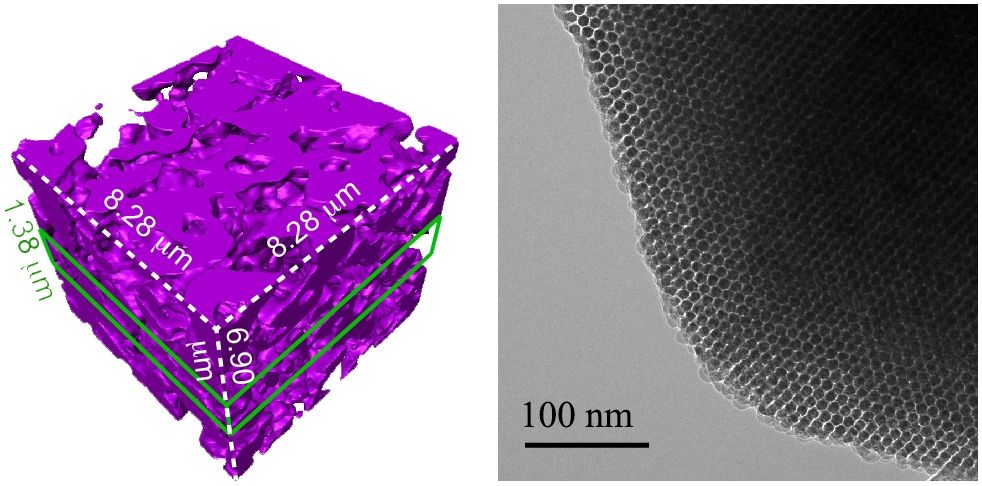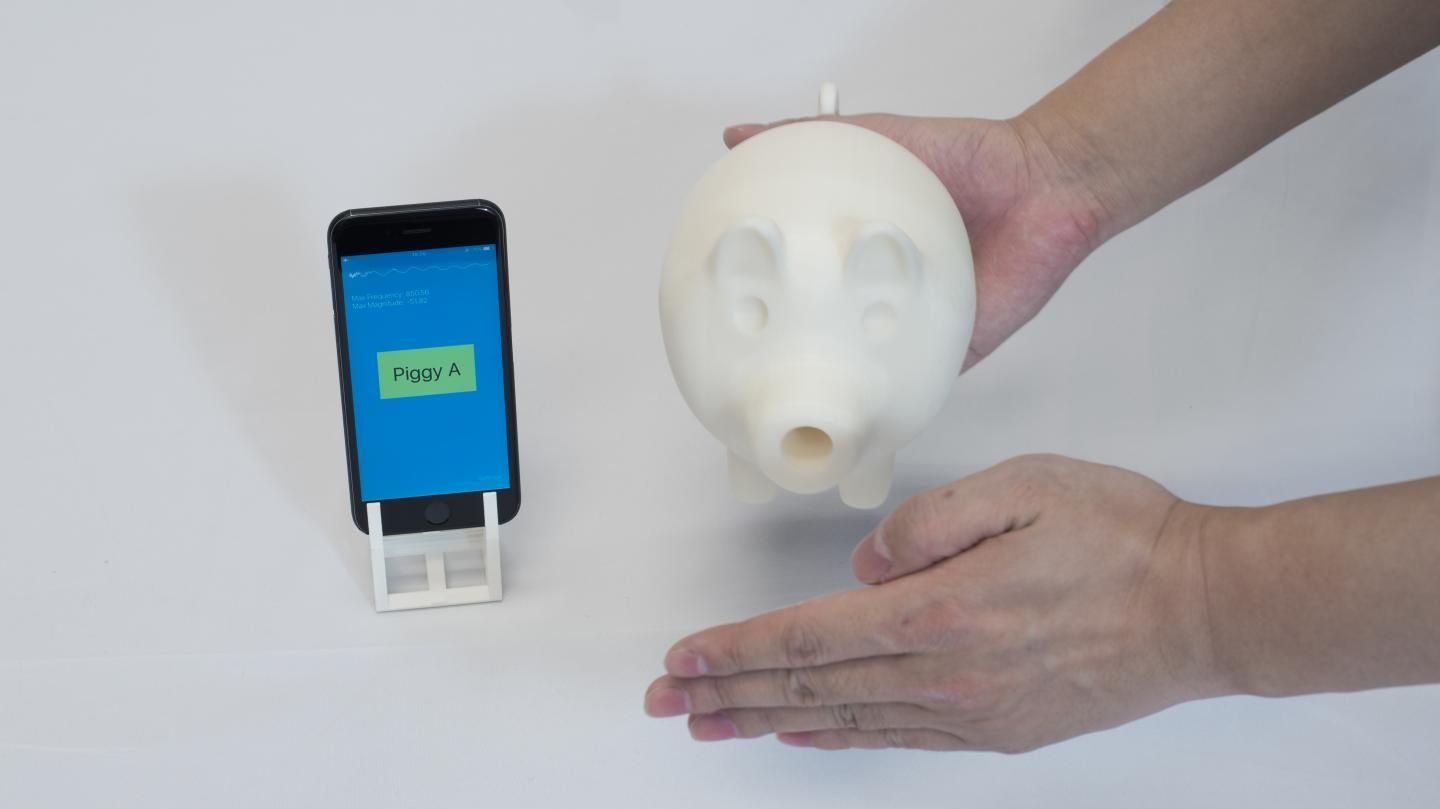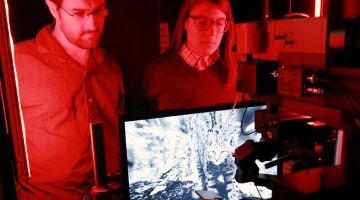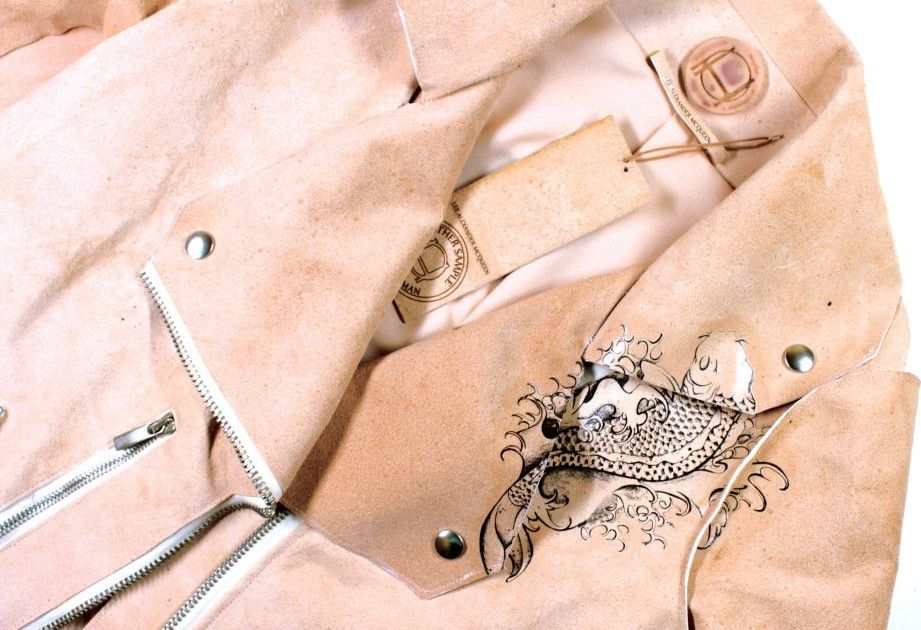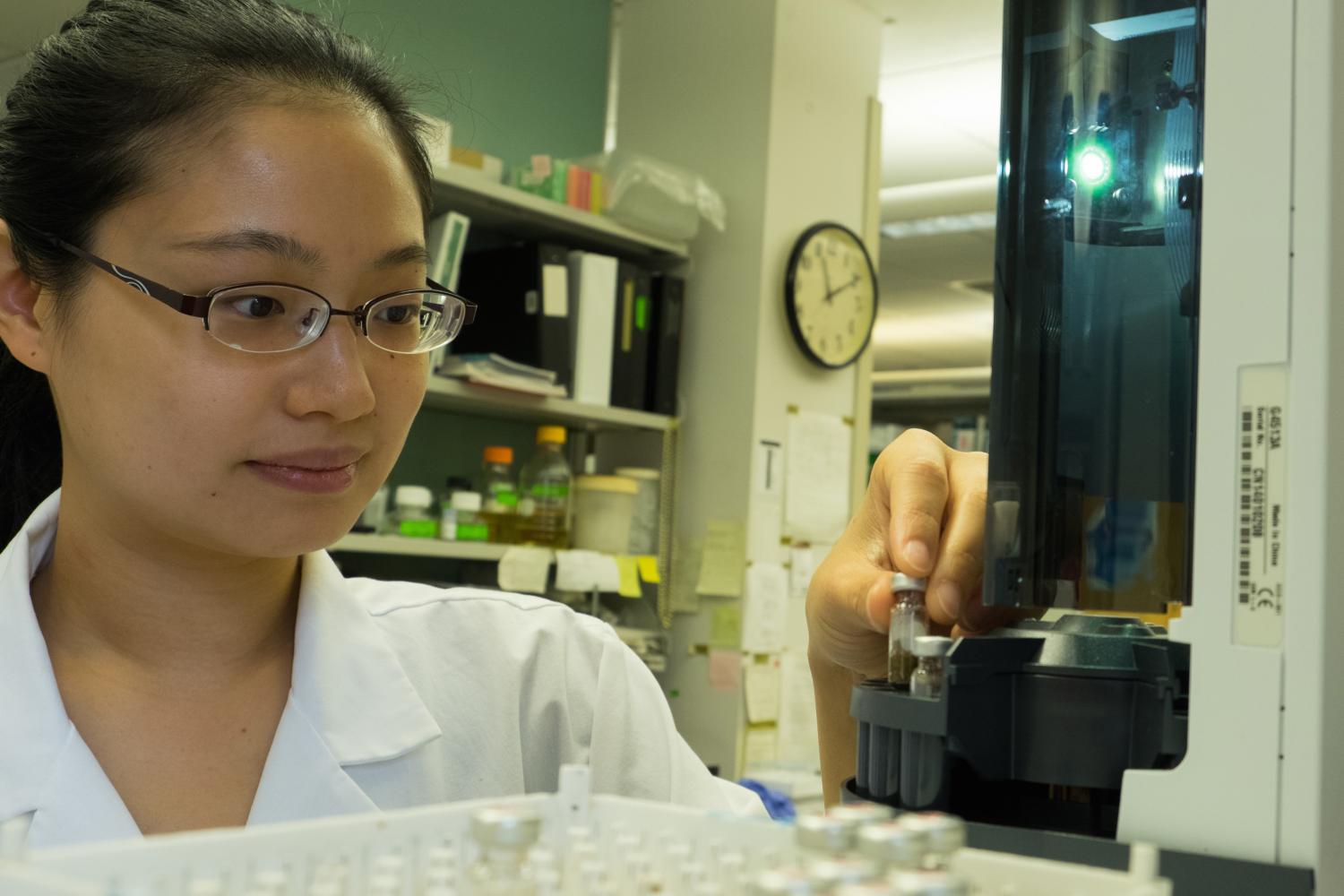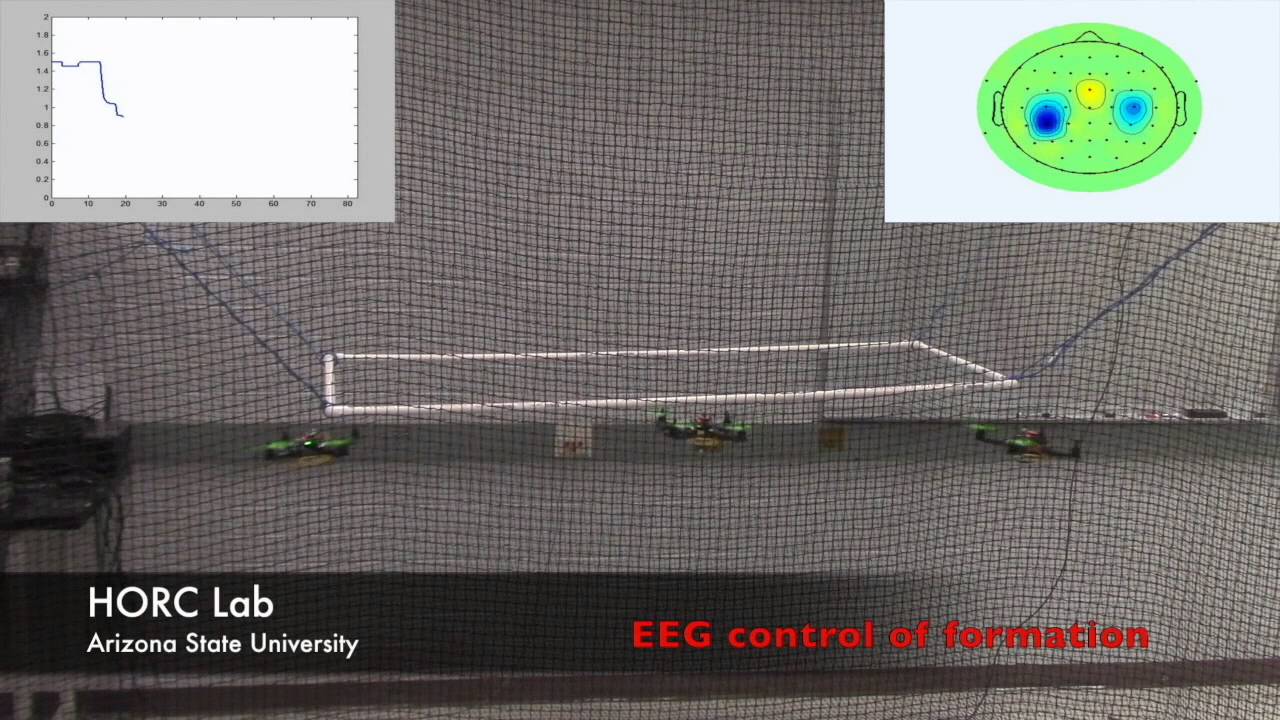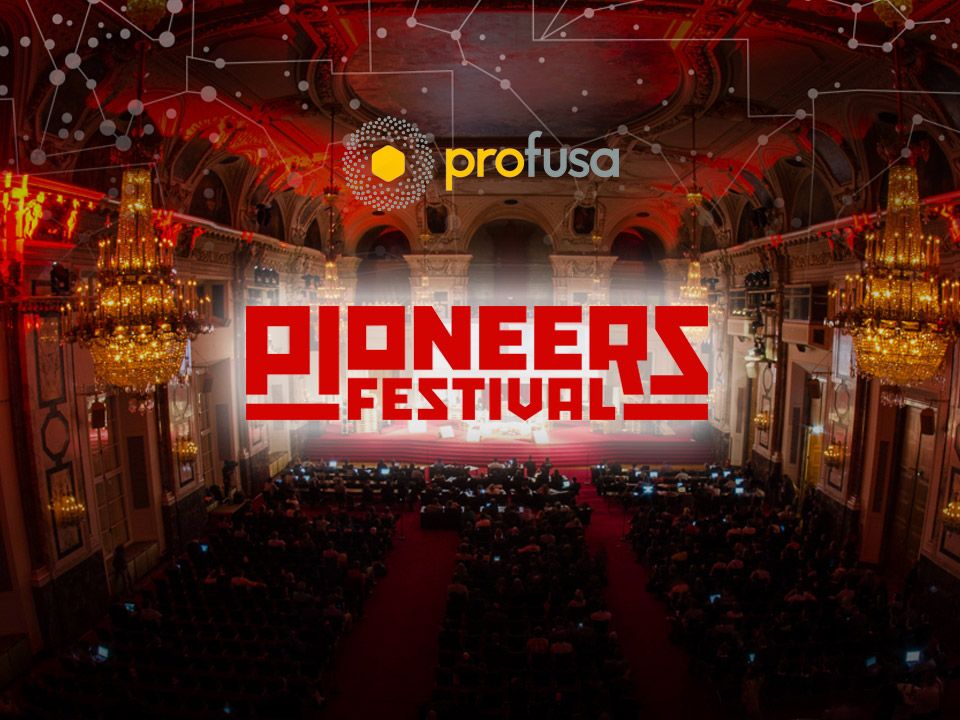Jul 18, 2016
New biomaterial developed for injectable neuronal control
Posted by Roman Mednitzer in categories: biotech/medical, neuroscience
In the campy 1966 science fiction movie “Fantastic Voyage,” scientists miniaturize a submarine with themselves inside and travel through the body of a colleague to break up a potentially fatal blood clot. Right. Micro-humans aside, imagine the inflammation that metal sub would cause.
Ideally, injectable or implantable medical devices should not only be small and electrically functional, they should be soft, like the body tissues with which they interact. Scientists from two UChicago labs set out to see if they could design a material with all three of those properties.
The material they came up with, published online June 27, 2016, in Nature Materials, forms the basis of an ingenious light-activated injectable device that could eventually be used to stimulate nerve cells and manipulate the behavior of muscles and organs.
